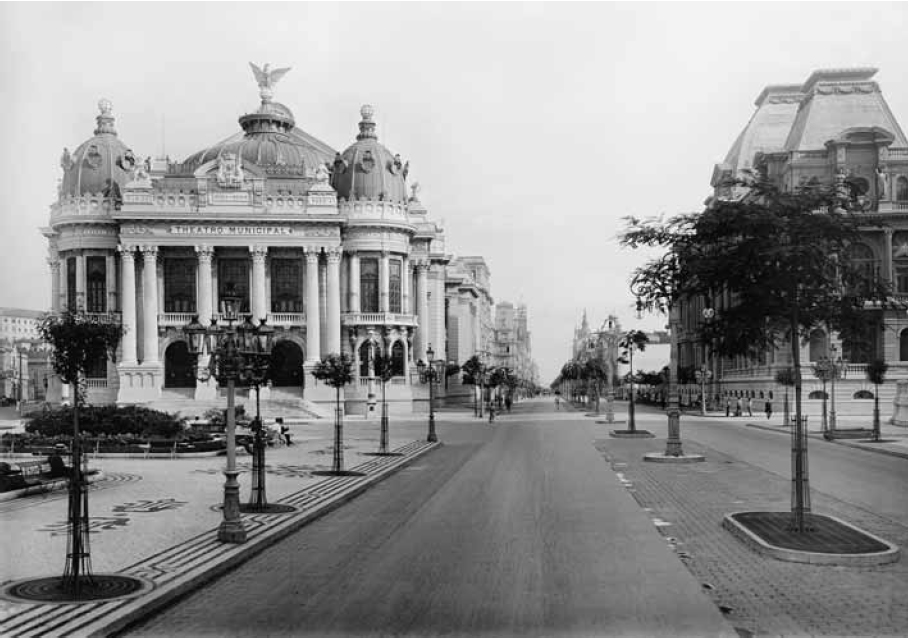
Francisco Pereira Passos
Francisco Franco Pereira Passos foi um engenheiro e político brasileiro. Foi prefeito do então Distrito Federal entre 1902 e 1906, nomeado pelo presidente Rodrigues Alves.

Francisco Franco Pereira Passos foi um engenheiro e político brasileiro. Foi prefeito do então Distrito Federal entre 1902 e 1906, nomeado pelo presidente Rodrigues Alves.

This is a list of the National Register of Historic Places listings in Orange County, California. This is intended to be a complete list of the properties and districts on the National Register of Historic Places in Orange County, California, United States. Latitude and longitude coordinates are provided for many National Register properties and districts; these locations may be seen together in a Google map. These historic sites reflect the region's Native American, Spanish and Mexican ethnic heritage. They include historic mansions from the eras of wealth created by citrus farming and oil discovery and reflect political leadership and scientific achievements, as well as other themes. There are 125 properties and districts listed on the National Register in the county, including 2 National Historic Landmarks. Another property was once listed but has been removed. This National Park Service list is complete through NPS recent listings posted August 7, 2020.

The Château de Lunéville was the former royal residence of the ruling Dukes of Lorraine. It is often likened to the far grander and larger Palace of Versailles. It is no longer a royal residence and is today a museum. The restoration of the building and its decors is under way. In France it was referred to as the "Versailles of Lorraine" and is also sometimes referred to as the Palace of Lunéville in English.

La metalurgia precolombina en América comprende la extracción y purificación de metales, así como la creación de aleaciones metálicas, realizadas con anterioridad al contacto europeo en el siglo XV. Las civilizaciones americanas han usado minerales metálicos locales desde tiempos ancestrales, lo que se evidencia en descubrimientos de artefactos de oro en la región de los Andes entre 2155–1936 a. C. así como en Norteamérica y Mesoamérica se han encontrado herramientas de cobre elaboradas desde el 5000 a. C. Los objetos fabricados en metal variaban desde aquellos destinados a usos ornamentales, como cascabeles y pendientes, instrumentos musicales como campanas, flautas y cimbales, herramientas como punzones, pinzas y anzuelos, hasta armas como hachas, mazas, cuchillos y lanzas.